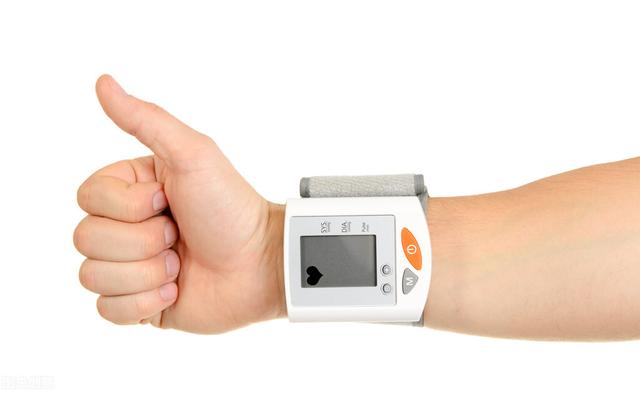
This is it-one of the moments you’ve been dreading since nursing school. Starting an IV on a child is terrifying. Other than reminding yourself that you are truly helping the patient rather than causing harm, there are some tips that can make your experiences more successful. Successful nurse equals happy patients! Here are 12 tips to get the ball rolling (instead of the vein).
这是自你学护理专业以来令你害怕的一个时刻---给一个孩子进行静脉注射。你要提醒自己这真的是在帮助患者而不是在给他们制造伤害。这儿有一些技巧能提高你为患儿静脉注射的成功率。成功穿刺会让患者满意!这12个技巧能让你顺利完成静脉注射(而不是僵持不下)。
1. When starting an IV on an infant, try soothing them beforehand with a pacifier. If mom wants to hold the baby, as if bottle/breastfeeding is okay while starting the line.
当开始给一个婴儿进行静脉注射时,提前准备好奶嘴瓶并轻声安抚。如果妈妈想要抱住宝宝,在开始输液时给宝宝奶瓶或是母乳喂奶都是可行的。
2. Hand veins in the nondominant hand are preferable in small children of walking age and infants.
在学步儿童和婴儿中,选择手部显露的静脉进行穿刺要比非显露静脉更好。
3. The antecubital (AC) is also a good location in children, but an immobilizer board may be required to keep the line patent.
小孩的肘部是一个静脉穿刺的好选择,但那可能需要一个夹板来固定这条输液线路。
5. With preemies and small newborns, try advancing the catheter instead of the needle after the initial flashback of blood. Babies veins aren’t mature yet, and you may blow a vein by advancing the needle.
对于早产儿和新生儿,当出现回血后试着推进针管,而不是推进针头。因为宝宝的静脉还未发育成熟,推进针头可能会刺破宝宝的静脉。
6. One nurse told me, “think of it like a TB skin test.” Stick almost flush with the skin when sticking neonates and newborns. Many times, their veins are close to the skin’s surface.
一个护士告诉我说,“给宝宝们静脉穿刺,要把它就想像成为一个结核皮试。”我们都知道宝宝的皮肤都很嫩,只要拍打宝宝的皮肤几乎都会变红。有时候,宝宝的静脉贴着皮肤表层。
7. Use anesthetic creams or sprays for children.
使用麻醉剂或是喷雾剂。
8. When starting an IV on a toddler (ages 1-3), try singing, pacifiers or musical toys as a means of distraction. Hint: Itsy Bitsy Spider works wonders for my son and other kids, too, especially when accompanied with hand motions! Give it a shot.
在为幼儿(1~3岁)进行静脉穿刺时,试着用歌声安抚他们,或是给他们声乐玩具,分散他们注意力。例如:用迷你蜘蛛配合一些手势哄我儿子和其他孩子就很凑效,百试不爽,确实值得一试。

9. With young children ages 4 and up, just be honest with them. Kids can comprehend more than you may think and, therefore, can see reason. Tell them that the procedure will hurt, but only for a minute. Assure them that they will not lose all of their blood. It also wouldn’t hurt to “bribe” the kid to hold still with stickers, toys, etc.
对于四岁或是稍大一点的孩子,要对他们真诚以待。孩子们会给你超乎想像的理解和包容,他们明白其中的原因。告诉他们这个过程将会有点疼,但也就只是一会儿。尽力做到一针见血。给小孩一些玩具或贴纸哄哄他们,这样会减轻他们的痛苦。
10. Avoid tourniquets if you can. Apply traction with your hands and utilize coworkers when available. The use of tourniquets increases your risk of blowing veins on children.
尽量不要使用止血带。用手绷紧皮肤,在必要时请你的同事协助。使用止血带会增加患儿鼓包的风险。
11. Having the patient dangle their arm off of the side of the bed or let it hang by their side prior to sticking will increasing blood flow to that extremity. Veins will be easier to feel and see.
让患者将手臂悬在床的一侧或是放在身前的一侧。这样可以促进血液流向另一端,这样会更容易触摸到或是看到静脉。
12. Know when to stop. It’s not good patient care to repeatedly stick them 4 or 5 times blindly. Find someone else with more experience to try. Everyone had bad days.
要适可而止。血管不是很好的患者,一次不成功就不要盲目穿刺四五次。找一个更有经验的人试试,毕竟每个人都有不顺心的时候。
These twelve basic steps will help ensure you have the best possible experience when sticking a pediatric or neonatal patient. Remember to always ask your fellow nurses for help when in doubt. Good luck, nurses!
这12个基本技能将有助于确保你在儿科或是新生儿科进行静脉穿刺时志在必得。记住当你有疑惑时一定要求助于身边的同事。祝你成功!
Any additional tips and tricks for pediatric clients? Comment below!
您还有其他为患儿静脉穿刺的窍门和秘诀吗?请在下面留言。
,




